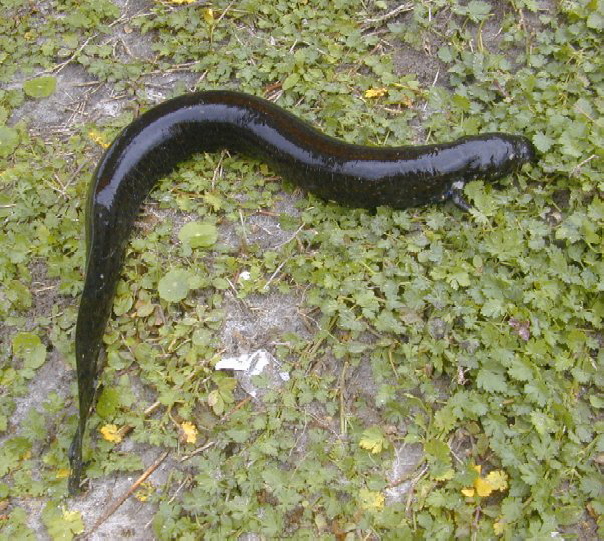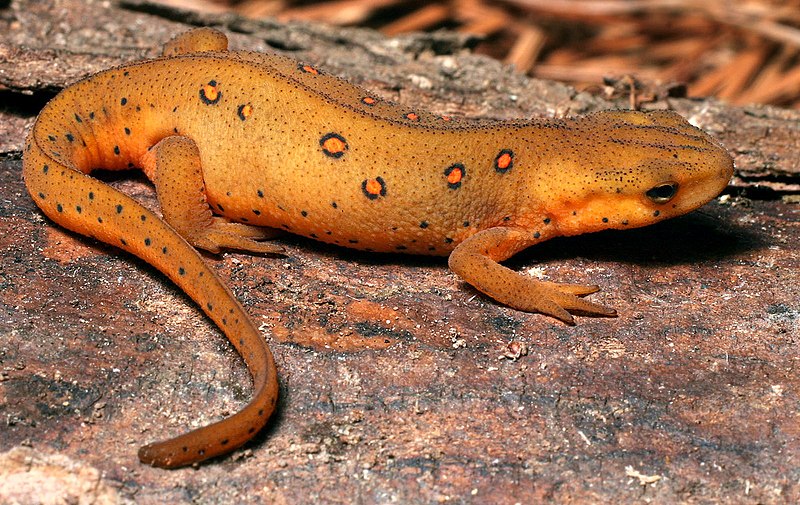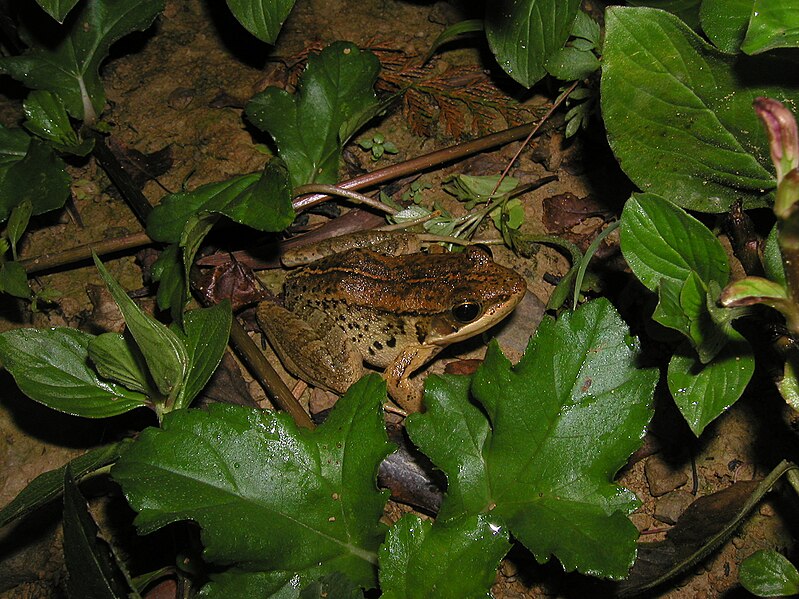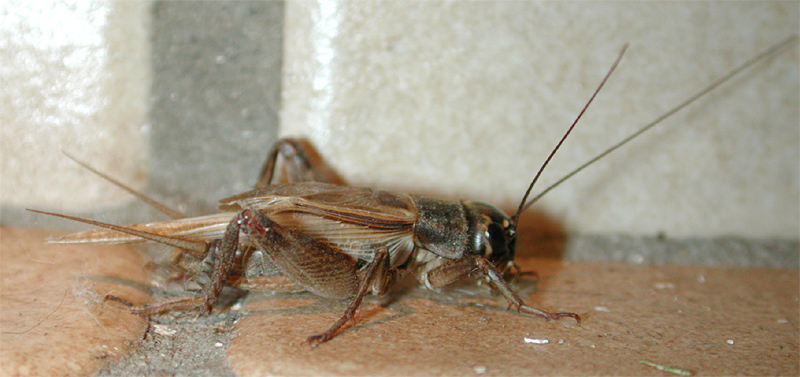 The Senegal Chameleon (Chamaeleo senegalensis) occupies a unique position in the pet trade. Inexpensive and widely available, it can be a hearty captive if given proper care. However, this West African native is more easily collected than bred, so most that become available are wild-caught. Collection and shipment, hard on any creature, is particularly difficult for chameleons to endure. As a result, a variety of health problems are commonly seen in newly-acquired Senegal Chameleons.
The Senegal Chameleon (Chamaeleo senegalensis) occupies a unique position in the pet trade. Inexpensive and widely available, it can be a hearty captive if given proper care. However, this West African native is more easily collected than bred, so most that become available are wild-caught. Collection and shipment, hard on any creature, is particularly difficult for chameleons to endure. As a result, a variety of health problems are commonly seen in newly-acquired Senegal Chameleons.
In some ways, the Senegal Chameleon situation reminds me of that faced by Green Anoles in the 1960’s and ‘70’s. Because they were interesting and cheap, these fascinating little lizards were often purchased without much forethought. It took many years, and untold numbers of dead anoles, before we understood their specific husbandry needs. Read More »
 That Reptile Blog – Reptile, Amphibian and Exotic Pet Care and Information
That Reptile Blog – Reptile, Amphibian and Exotic Pet Care and Information




